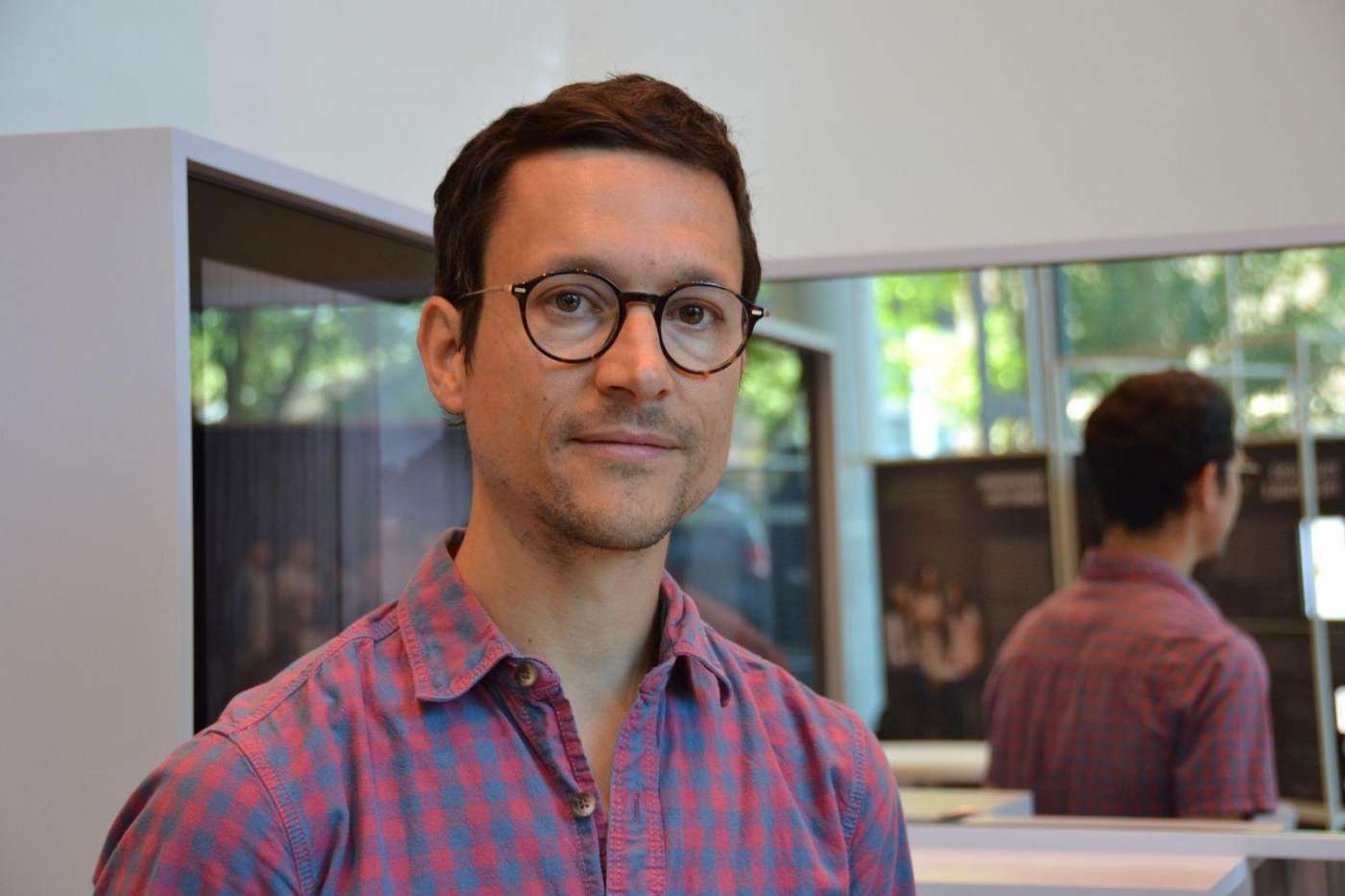Join us in welcoming Prof Jernej Ule, new Centre Director at the UK DRI at King's College London.
"How do protein-RNA condensates form and contribute to disease?"
Abstract:
In recent years, it has become clear that intrinsically disordered regions (IDRs) of RBPs, and the structure of RNAs, often contribute to the condensation of RNPs. To understand the transcriptomic features of such RNP condensates, we’ve used an improved individual nucleotide resolution CLIP protocol (iiCLIP), which produces highly sensitive and specific data, and thus enables quantitative comparisons of interactions across conditions (Lee et al., 2021). This showed how the IDR-dependent condensation properties of TDP-43 specify its RNA binding and regulatory repertoire (Hallegger et al., 2021). Moreover, we developed software for discovery and visualisation of RNA binding motifs that uncovered common binding patterns of RBPs on long multivalent RNA regions that are composed of dispersed motif clusters (Kuret et al, 2021). Finally, we used hybrid iCLIP (hiCLIP) to characterise the RNA structures mediating the assembly of Staufen RNPs across mammalian brain development, which demonstrated the roles of long-range RNA duplexes in the compaction of long 3’UTRs. I will present how the combined analysis of the characteristics of IDRs in RBPs, multivalent RNA regions and RNA structures is required to understand the formation and functions of RNP condensates, and how they change in diseases.
References:
Hallegger, M., Chakrabarti, A.M., Lee, F.C.Y., Lee, B.L., Amalietti, A.G., Odeh, H.M., Copley, K.E., Rubien, J.D., Portz, B., Kuret, K., et al. (2021). TDP-43 condensation properties specify its RNA-binding and regulatory repertoire. Cell 184, 4680–4696.e22.
Kuret, K., Amalietti, A.G., and Ule, J. (2021). Positional motif analysis reveals the extent of specificity of protein-RNA interactions observed by CLIP. bioRxiv.
Lee, F.C.Y., Chakrabarti, A.M., Hänel, H., Monzón-Casanova, E., Hallegger, M., Militti, C., Capraro, F., Sadée, C., Toolan-Kerr, P., Wilkins, O., et al. (2021). An improved iCLIP protocol. bioRxiv


